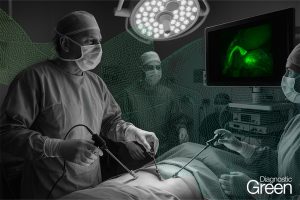Introduction: Bile leakage (BL) after hepatectomy cannot always be detected with conventional methods; moreover, BL cannot be completely prevented. Recently, navigation procedures with indocyanine green (ICG) have been reported. Furthermore, we previously reported the possibility of detecting BLs with high sensitivity during hepatectomy by administering ICG into the bloodstream, which is quickly excreted in the bile. This study aims to verify whether detecting and addressing ICG leakage from the hepatic dissection plane using an ICG camera can reduce the bilirubin concentration in the drainage fluid, and consequently, the incidence of BL.
Methods and analysis: This prospective single-centre non-randomised single-arm trial will be conducted with historical controls. Overall, 85 patients will be enrolled, including 40 and 45 in the ICG and historical control groups, respectively. In the ICG group, 10 mg/2 mL of ICG will be transvenously or transportally administered during liver surgery. After its uptake by liver cells and excretion into bile, it will be visualised using a camera following the completion of hepatectomy, and the site of ICG leakage will be sutured. Moreover, we will record the number of bile leak spots detected by the naked eye and ICG camera. The primary endpoint of the study will be the total bilirubin concentration in the drain fluid on postoperative day 3, and we will determine whether the concentration differs significantly between the ICG and historical control groups.
The results of our study will be used to suggest whether intraoperative ICG administration and evaluation at the hepatic dissection plane can be widely used in liver surgery for more reliable detection of BL and consequent reduction of biliary fistula.




